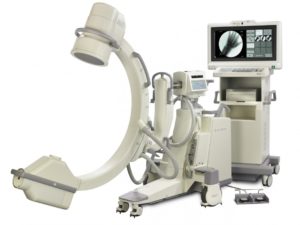
Where Will Healthcare Happen When Patients Prefer to Avoid the Hospital?
Hospitals have such a well-established presence in our society that we can overlook the fact that they haven’t always been there, and they might not always be there. A fascinating New York Times editorial, written by Ezekiel J. Emanuel, author of “Prescription for the Future”, tracks the changing role hospitals have played over the years and the many factors that lead today’s patients to seek care outside of the hospital setting.
It was 1981 – nearly 40 years ago – that we saw the number of hospitalizations peak. Since that time, the country’s population has grown tremendously, yet the number of hospitalizations has steadily decreased. Emanuel explains that this change is due in part to the fact that hospital-acquired infections and medical error rates scare people away; another, more positive, factor is that high-quality complex medical care can now be accessed outside of the hospital setting.
Outpatient facilities, ambulatory surgery centers, and receiving care at home are the contemporary alternatives to the hospital. Advances in medical care, including the development of better, more effective medications, have reduced the need for the hospital setting.
There are other factors causing patients to choose care outside of the hospital setting. While 80% of Americans live in an urban setting where hospital care can be easily accessed, the remainder does not. Geography can provide significant obstacles to receiving health care. Additionally, many health care professionals enjoy the greater degree of autonomy that comes with providing care in an independent setting. That’s why we’re seeing an increase in non-hospital facilities.
To provide the necessary standard of care, these non-hospital facilities need the same sort of diagnostic imaging equipment used in the hospital. X-ray machines, C-arms, mini C-arms and other similar pieces of equipment make it possible for trained clinicians to investigate patient complaints, diagnose the causes, and effect appropriate treatment. Having diagnostic imaging equipment on site eliminates the need for patients to travel elsewhere for testing, and can reduce the amount of time needed for the patient to start feeling better.
Hospitals and large healthcare systems often have equipment budgets commensurate with their size. Smaller facilities often must make do with less. That’s where the availability of high quality refurbished diagnostic imaging equipment becomes relevant. Because prices for used diagnostic imaging equipment can be up to 40% less, the savings are truly significant. Small practices receive some much-needed relief for their budget while accessing the reliable, high-quality diagnostic imaging equipment from top manufacturers they need to serve their patients. It’s something to think about, both today, and as the tendency to seek care outside of the hospital setting becomes more widespread.

